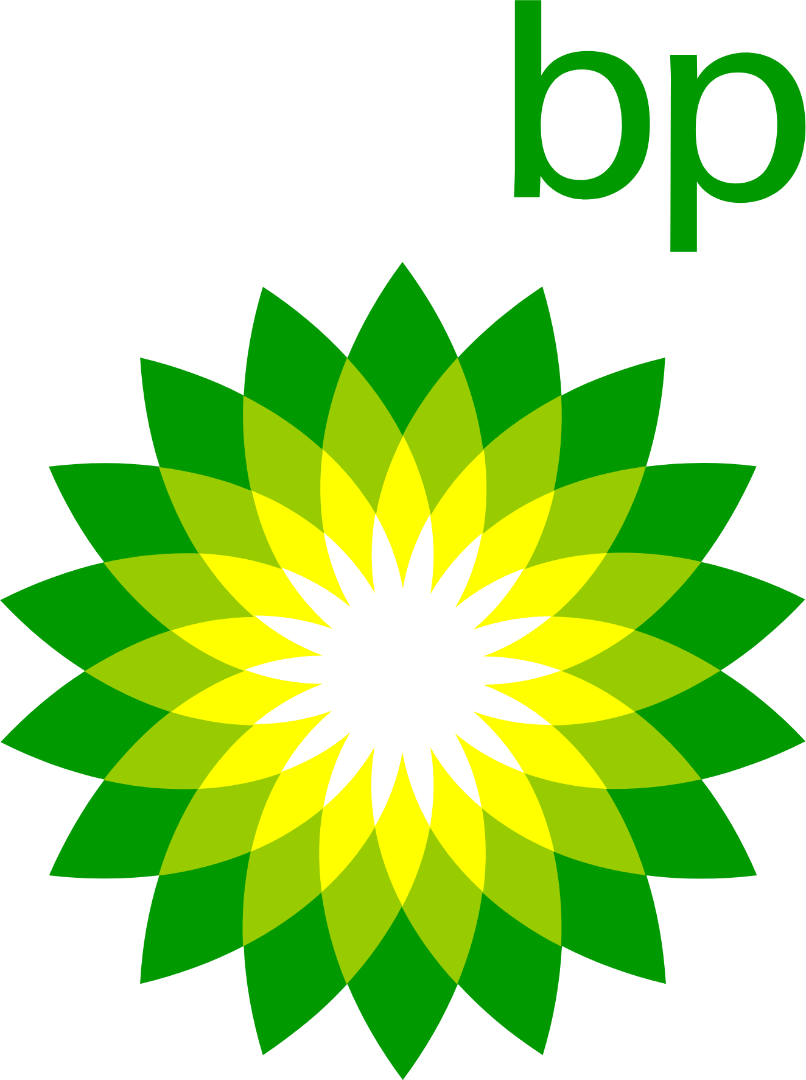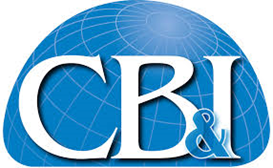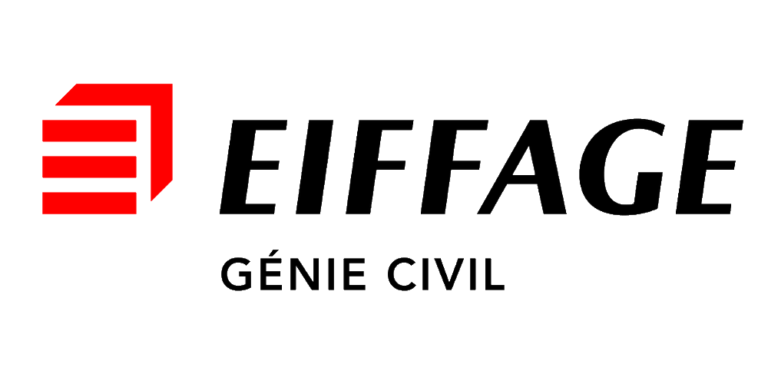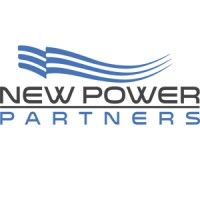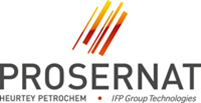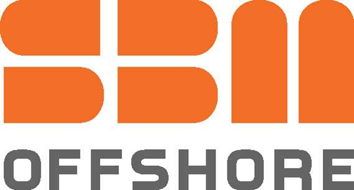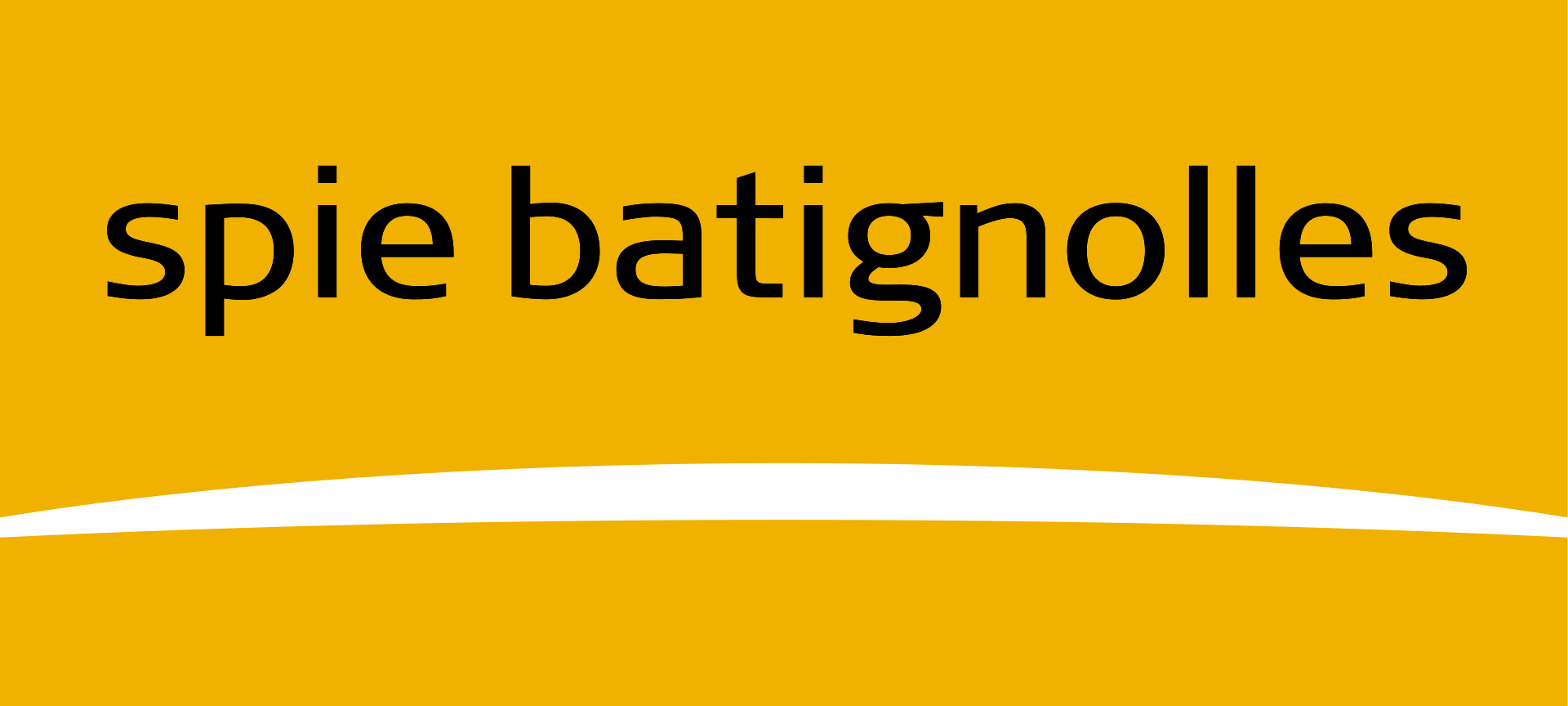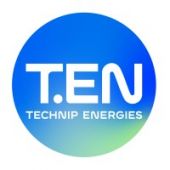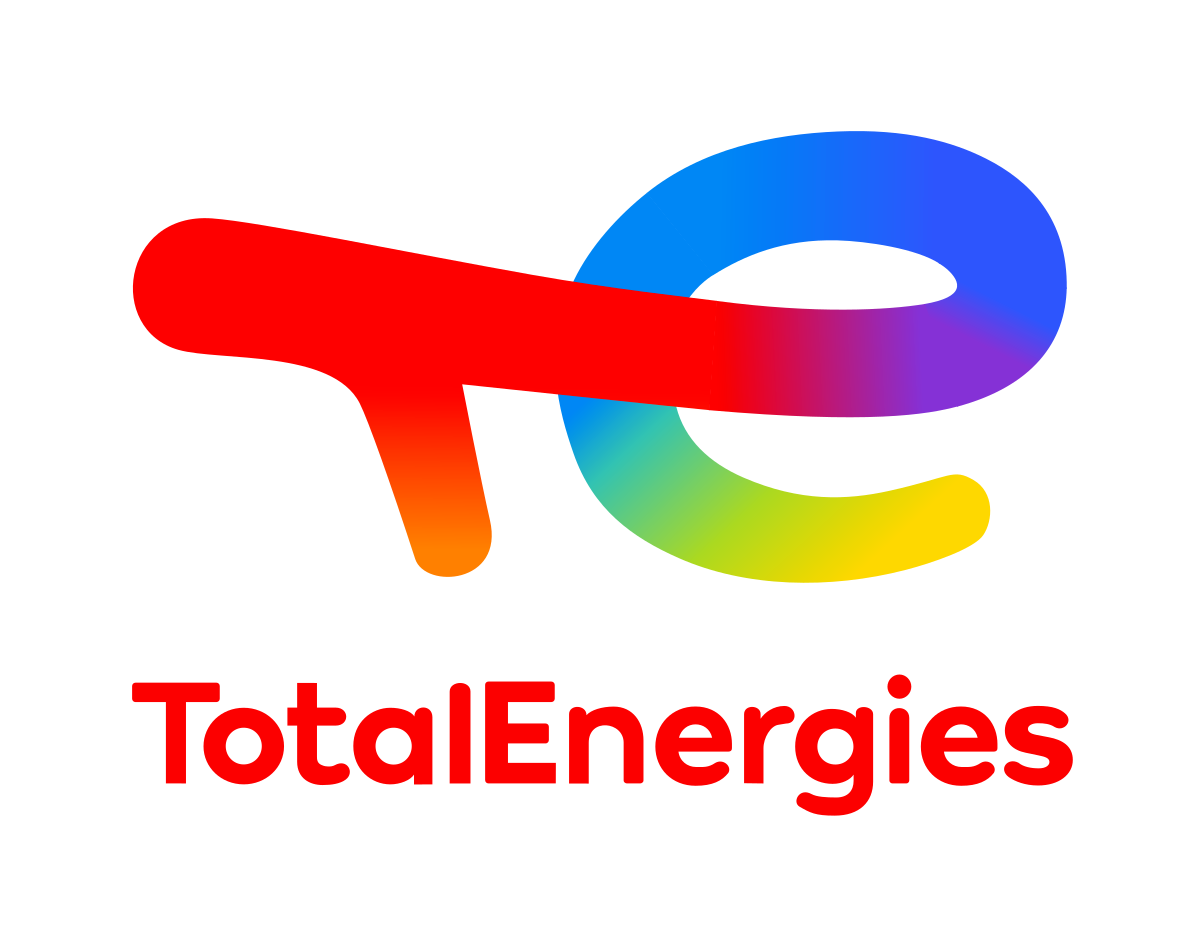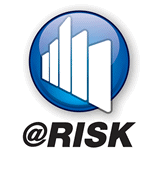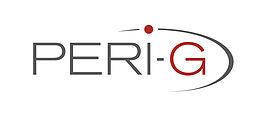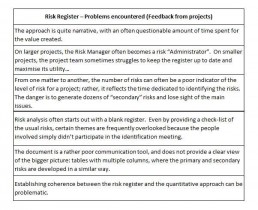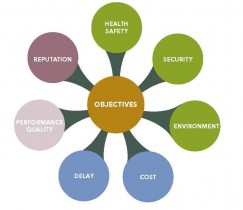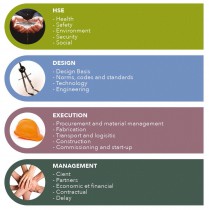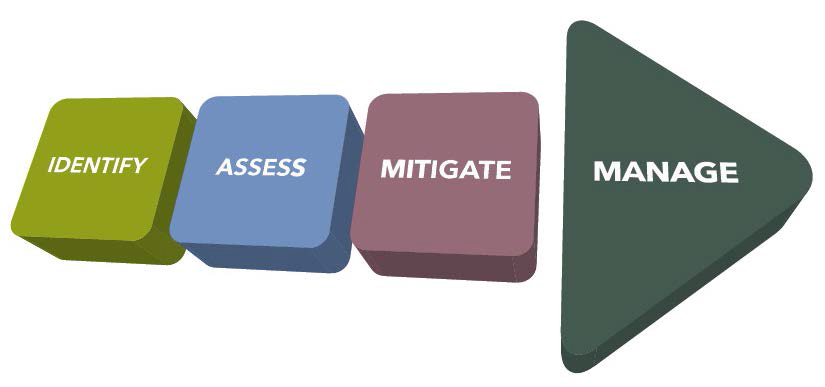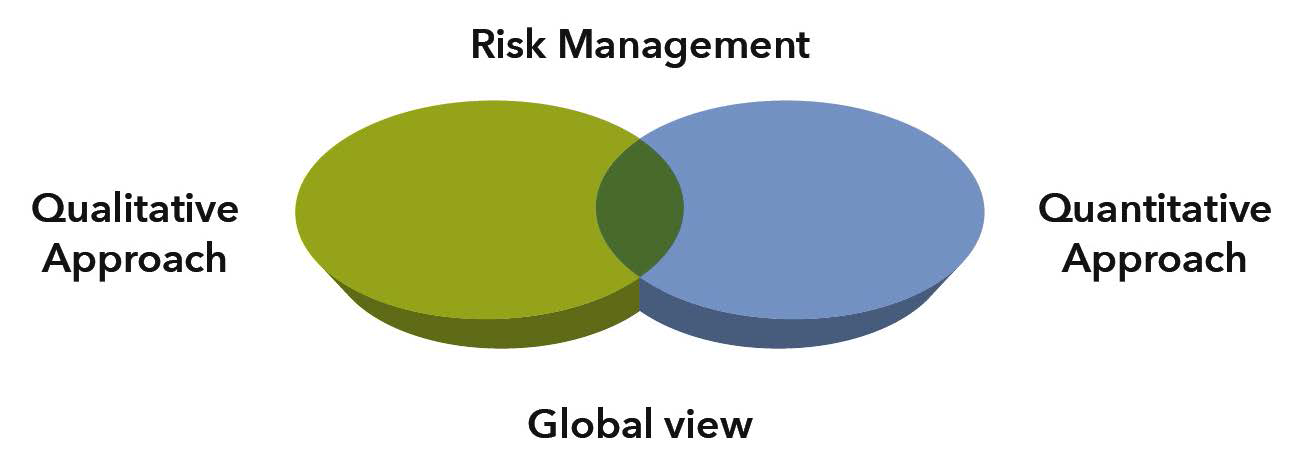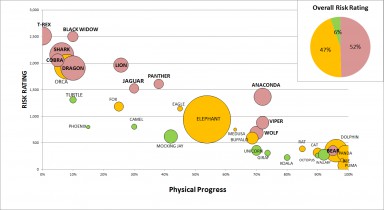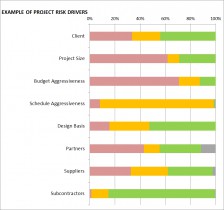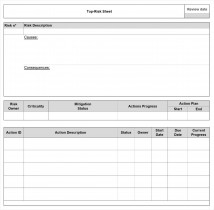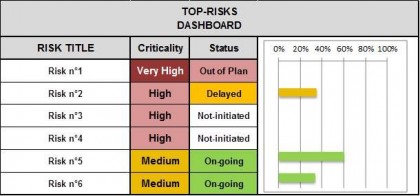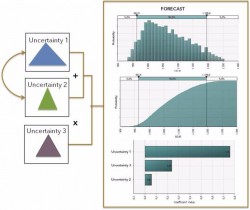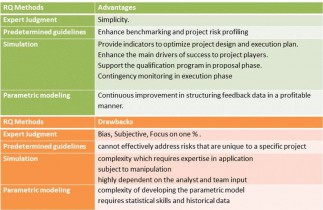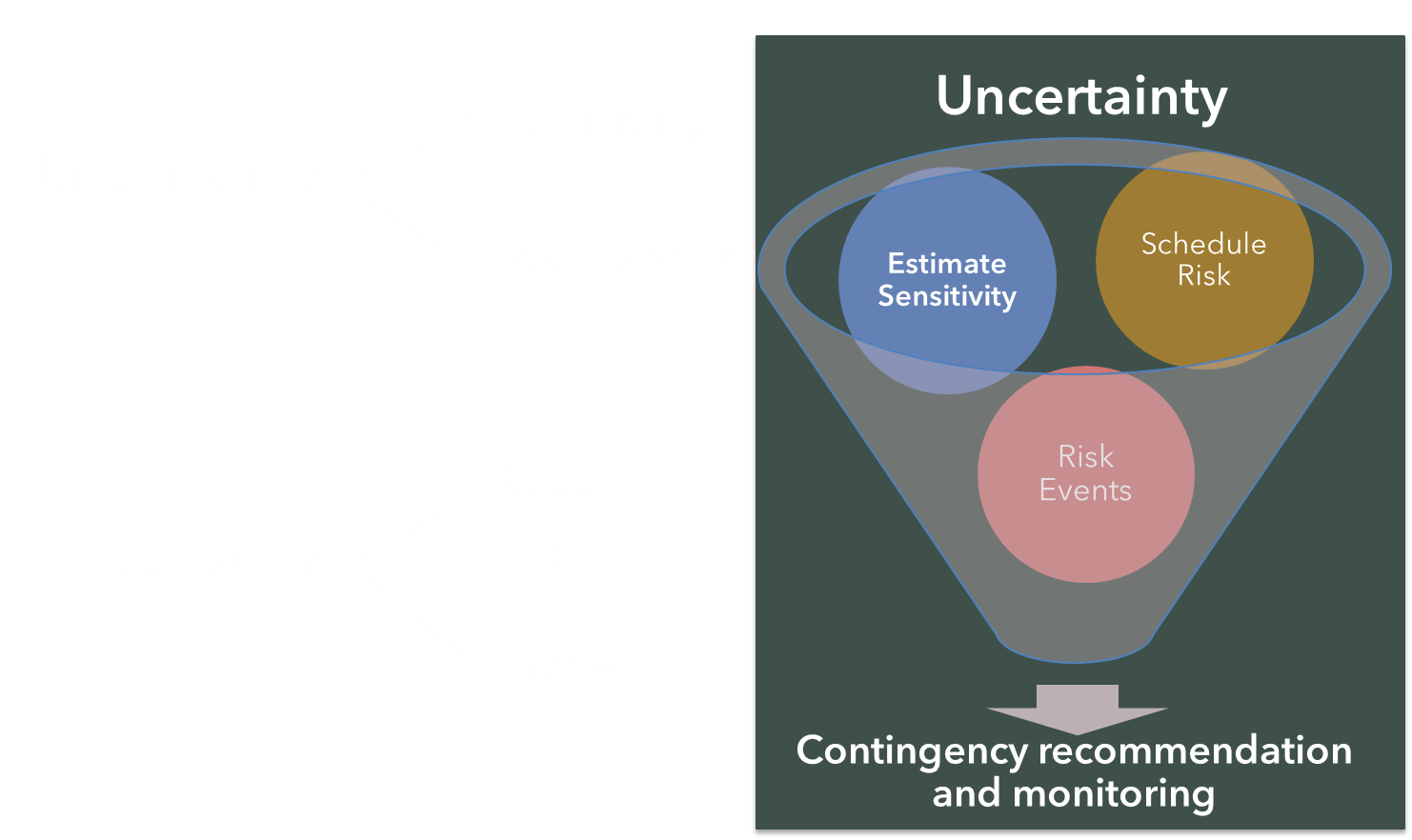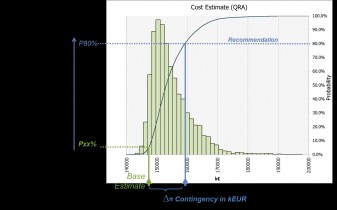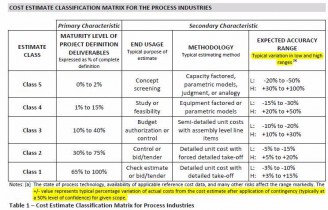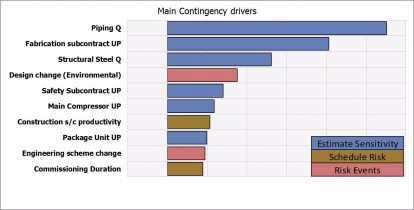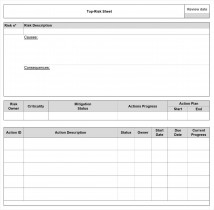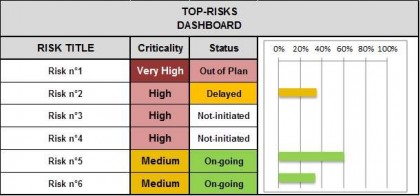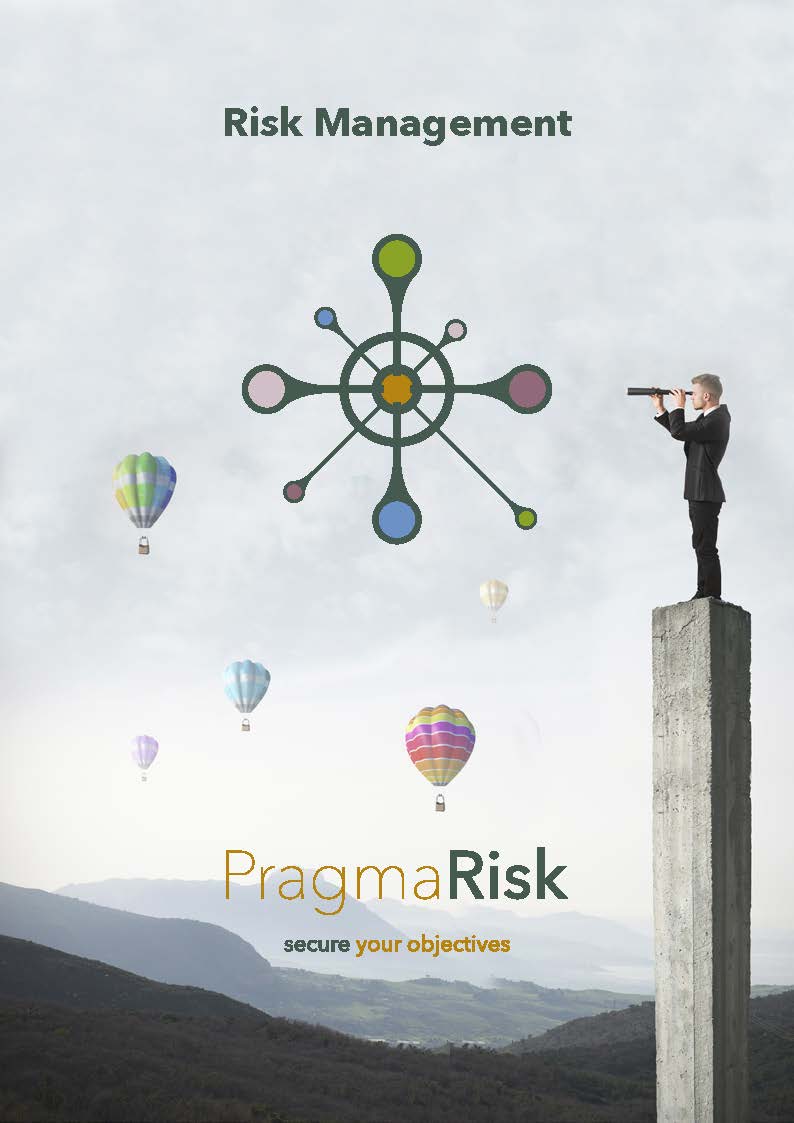You are invited to read these Legal Terms and Conditions (“Legal Terms”). By accessing and using the services available on pragmarisk.fr (“the Website”), you agree to be bound by these Legal Terms as if you had signed them. In case of disagreement with these Legal Terms, do not access or use this Website.
You hereby acknowledge and agree as follows:
PRAGMARISK is the owner of the Website accessible at www.pragmarisk.fr.
These Legal Terms defines the contractual agreement between PRAGMARISK and each user accessing and/or using the Website.
1. DEFINITIONS
The following terms shall be construed in these Legal Terms according to the definitions set forth below:
“Website” : refers to the website “ www.pragmarisk.fr”, its information content such as all text, graphics, photographs, graphs, sounds, data, images, software … owned by PRAGMARISK or licensed to PRAGMARISK.
“User” or “Visitor”: refers to anyone coming to the Website and exploring the public areas of the Website.
2. OWNERSHIP/USER’S RIGHT OF USE
PRAGMARISK is the owner or licensee of all rights in the Website, its software, services, functionalities and more generally all elements composing the Website (hereinafter referred to for the purpose of this article as “Website Elements”).
PRAGMARISK grants to the User a worldwide non-exclusive and non-transferable right of use of the Website for the duration of the Legal Terms.
The User has the right to download, view, copy and print any Website Elements exclusively for its own and private use of the Website. Notwithstanding the above grant, User may not modify, transfer, sell, reproduce, broadcast, sub-license or publish any of the Website Elements.
No license and no right other than the right of site viewing is granted to any person in respect of intellectual property rights. Reproduction of Website elements is authorised solely for informative purposes and for personal private use: any reproduction and any use of copies made for other purposes is expressly forbidden.
In particular, the User is expressly precluded to modify in any manner, translate or integrate all or part of the Website Elements.
All corporate names, logs and trademarks mentioned in this site belong to PRAGMARISK. They may not be used without the prior agreement of PRAGMARISK.
The User, in turn, holds the rights pertaining to the elements that may be remitted by it to PRAGMARISK.
The user who provides information to PRAGMARISK grants PRAGMARISK full transfer rights relevant to such information and authorises PRAGMARISK to make use thereof as it deems fit. The information provided by users will be considered as non confidential and must respect the conditions set forth in article 6.
Accordingly, the User grants for the duration of the Legal Terms to PRAGMARISK, pursuant to the present Legal Terms the right to reproduce and digitally represent, a non-exclusive and non-transferable worldwide right to publish the elements remitted to PRAGMARISK and giving rise to intellectual property rights as well as all distinctive signs such as trademarks and logos.
3. DURATION
These Legal Terms and their future amendments shall remain valid as long as they remain on the Website.
4. WEBSITE SERVICES
The Website is available 24 hours a day, 7 days a week.
PRAGMARISK aims at the continuous enhancement of the services available on the Website. Consequently, PRAGMARISK may perform all modifications of the Website services it deems necessary.
Any use of the Website services by the Users after said modifications will be considered as an acceptance by the User of the modified services available on the Website.
PRAGMARISK reserves the right to occasionally interrupt the Website services without justification or to suspend as a matter of right and for any reason whatsoever, at any time without prior notice, access for its Users to the Website and its services. PRAGMARISK disclaims any liability for the possible consequences of such interruptions or suspensions.
5. PRIVACY
Users are invited to read our privacy policy rules available on the Website and hereinafter attached as Appendix 1.
6. PROVISION OF DATA BY USERS
The User warrants that the information, data and any other elements that may be provided by it on the Website are true, accurate, current, complete and decent. User further warrants that it is authorized to provide such information, data and elements and that said data, information and elements provided on the Website are not subject to any third party rights and, in particular, are not infringing upon any third party pre-existing right. Should it be the case the User shall indemnify and hold PRAGMARISK harmless from any claims complaints, objections, and oppositions arising from and in relation to such infringement.
The User also warrants PRAGMARISK against any actionable tort claim from all persons relating to the erroneous nature or deceitful information posted on the Website under its responsibility.
The User is precluded from using the Website and functionalities for unintended use or placing a virus on the Website through documents or programs or in any manner whatsoever that may damage, interfere with or copy any software, data or information of the Website.
7. LIMITED WARRANTY
The website is provided by PragmaRisk on an «as is» basis. PragmaRisk makes no warranties whatsoever and disclaims all warranties express or implied including without limitation warranties of merchantability, title or fitness for any particular purpose, non-infringement, compatibility, security and accuracy.
8. NO LIABILITY
In no event shall PragmaRisk be liable to any user or to any third party under any applicable law, for any damage of any kind such as but not limited to any indirect and/or consequential damages, incidental or special damages including loss of data, loss of contract, loss or prejudice to the business reputation either arising from any user’s act or resulting of a defective performance of the service supplied by the website, any commercial disorder of any kind, as well as for any financial loss including loss of profits, lost of turnover, regarless of the form of action or legal theory under which the liability may be asserted.
PragmaRisk, its information suppliers and service suppliers (and in particular its hosting services provider) shall not be held liable for the broadcasting of any erroneous information or for any delay or failure in the broadcasting of any information on the website or for any temporary interruption of the website service due to the necessary technical intervention including, without limitation, the intervention of a telecommunications operator, for any delays in services due directly or indirectly to electronic or mechanical failures, telecom or interconnections problems which would affect website users .
PragmaRisk, its information suppliers and service suppliers (and in particular its hosting services provider) shall not be liable for damaging consequences resulting from irregular or fraudulent use of the website offered services nor for damaging consequences resulting from an unauthorized third party.
User waives any right to make any claim against PragmaRisk for any damage, costs, expenses and the like based on any misunderstanding or lack of knowledge arising out of any of the legal terms or the use of the website functionalities.
The provisions of this section shall survive any termination of these legal terms.
9. GOOD FAITH
All information available in the site is offered in utmost good faith.
Information is deemed to be correct when user have access on it.
PRAGMARISK make no representation or warranty, expressed or implied that this information is accurate. PRAGMARISK reject any interpretation which tends to assimilate the content of the site with offers of No purchase shares or other securities, whether listed or non-listed, of PRAGMARISK.
No representations or warranties, either expressed or implied, of merchantability, fitness for a particular purpose are made with respect to this information.
The User shall always act with good faith within the framework of its use of the Website.
10. EVIDENTIARY ASPECTS
The parties recognize as binding evidence the electronic messages, e-mail exchanged between PRAGMARISK and the User and between the User and another User of the Website.
According to articles L.110-3 du code de commerce and 1316-2 du code civil, parties agree that all e-mails exchanged between them are binding evidence.
As a consequence, PRAGMARISK may bring any necessary evidence through the data contained on its data bases for the resolution of any dispute between the parties.
11. USER’S LIABILITY
In addition to the provisions already stipulated under these Legal Terms:
The User shall indemnify and hold PRAGMARISK harmless against any actionable tort claim from all persons relating to the erroneous nature or deceitful information posted on the Website. .
Generally, User agrees to indemnify and hold PRAGMARISK, its officers, directors, employees, agents and representatives harmless from and against any claims, demands, suits for any liability, costs, damages, penalties and expenses brought by or on behalf of any person which arise or are likely to arise out of these Legal Terms or the User’s access or use of the Website howsoever caused.
12. AUTHORS CREDITS
12.1 Photo credits
@Risk logo / Palisade
Bayesia logo / Bayesia
12.2 Site production
Especedespace
12.3 Producer
PragmaRisk
Share Capital : 1.000 EUR
Trade Register of Lille: 535 329 437
PragmaRisk
56 rue de Piètre
59249 Aubers
12.4 Site hosting
OVH SAS au capital de 10 000 000 € - 2 rue Kellermann - 59100 Roubaix - France
MISCELLANEOUS
If one or several of the provisions of the Legal Terms are held to be unenforceable or invalid or are declared as such by application of a law, regulation or a final decision of a court of competent jurisdiction, the other provisions shall remain in full force and effect.
In the case of difficulty in the interpretation of the clause headings and the contents of any of these clauses, the headings will be declared nonexistent.
14. GOVERNING LAW
The Legal Terms are governed by the laws of France for substance as well as for procedure.
15. SETTLEMENT OF DISPUTES
ALL DISPUTES ARISING OUT OF OR IN CONNECTION WITH THE PRESENT LEGAL TERMS SHALL BE FINALLY SETTLED UNDER THE RULES OF ARBITRATION OF THE INTERNATIONAL CHAMBER OF COMMERCE BY THREE ARBITRATORS APPOINTED IN ACCORDANCE WITH THE SAID RULES.
ARBITRATION AWARD SHALL BE FINAL AND BINDING ON THE PARTIES. ARBITRATION TRIBUNAL SHALL TAKE PLACE IN PARIS, FRANCE.
APPENDIX 1 - PRIVACY POLICY
GENERAL PROVISION
This Privacy Policy is a part of the Legal Terms and Conditions of the Website and applies to any User of the Website www.pragmarisk.fr This Privacy Policy PRAGMARISK treatment of personal information that PRAGMARISK collects when the User accesses to and uses the Website.
COLLECTION OF USER’S PERSONAL INFORMATION
By using the Website and providing any personal information, the User consents to the collection and use of the data in accordance with this Privacy Policy.
The personal information provided by the User may be retained by PRAGMARISK to keep track of User’s access to the Website, to create a profile of the User to better serve it, or to contact the User either electronically or otherwise.
PRAGMARISK does not intend to retain User’s personal information longer than is necessary for the purpose it was collected.
COOKIES
The User is aware that PRAGMARISK may use cookies, which are small data files that the Website can transfer to the User’s hard drive to keep records of the visits to the Website.
Cookies are used by PRAGMARISK to speed navigation, keep track of sessions and remember information. Cookies help PRAGMARISK to see how the Website is used and some improvements and updates to the Website services are based on such data (which include for example the number of Users connected on the Website) collected by the cookies.
If the User prefers not to accept a cookie, it can set its web browser to warn it before accepting cookies, or it can refuse all cookies by turning them off in its web browser, if such functionalities are included in its web browser.
The refusal of cookies may prevent the Website from functioning correctly.
Dont accept cookies
PROVISION OF OTHER DATA BY THE USER
Information and data provided by the User may be collected by PRAGMARISK for purpose of generating statistical information and using such information for editorial purposes in order to improve the quality of the services available on the Website. PRAGMARISK may share said non-personal aggregated information with its customers, partners or Users.
LINKED WEB SITES
PRAGMARISK provides from the Website some links to third party websites on which PRAGMARISK does not have any control and for the actions of which PRAGMARISK cannot be responsible.
PRAGMARISK is not responsible for the privacy policies or practices or the content of such third party websites and the access by the User to them is at the User’s own risks.
PRAGMARISK invites the User to review the privacy policy applying to said third-party websites to check their personal information handling practices, whenever clicking on or interacting with any third-party web sites links.
USER UNDERTAKINGS
The User shall refrain from any act likely to damage the privacy or reputation of other party or any other person by avoiding any libelous, provocative, malicious or threatening comment, message or text.
The User of the Website providing data to PRAGMARISK through the Website or otherwise, warrants the accuracy and correctness of any information and data provided on the Website and that it is fully empowered and authorized to provide such information and data.
USER’S RIGHT OF ACCESS TO ITS PERSONAL INFORMATION
The User has control over its personal information in accordance with the applicable law(s) protecting personal data under which the User is entitled to have access to its personal information and to have false information modified. For this purpose, the User is invited to contact www.pragmarisk.fr webmaster at contact@pragmarisk.fr.
In accordance with the regulations protecting personal information, the right to access the personal data is a personal right that can be exercised only by the person concerned with respect to his/her/its own information.
The User acknowledges to be authorized to produce the personal information concerned.
DISCLOSURE OF USER’S PERSONAL INFORMATION
PRAGMARISK reserves its right at all times to disclose any User’s information provided on the Website in order to satisfy the requirements of any applicable law or regulation.
PRAGMARISK does not sell the personal information to third parties.
PRAGMARISK reserve the right to disclose and to report to law enforcement agencies information about User violating the Website rules and about any User activity believed to be unlawful .
MODIFICATION
PRAGMARISK reserves the right to update and modify this Privacy Policy from time to time as needed without notice.
All up-dates and modification of this Privacy Policy will be posted on the Website www.pragmarisk.fr User is invited to review the terms of this Privacy Policy periodically to make sure that it is aware of how PRAGMARISK uses personal information.



